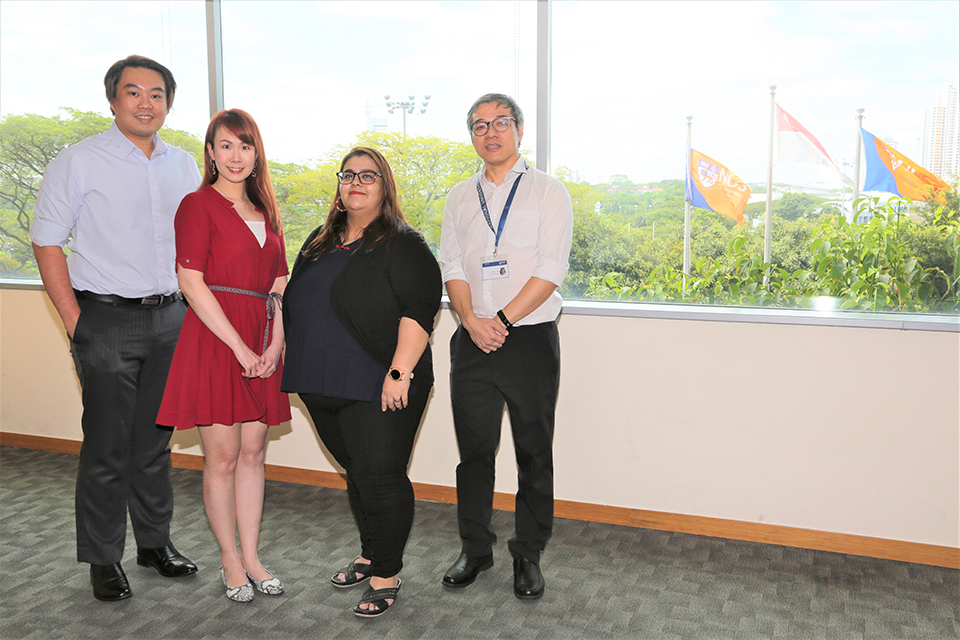In a university as large as NUS, the myriad information staff need to distil in their daily work can take up a significant amount of time.
In June 2019, a Shared Services Portal for the four corporate functions of Finance, HR, IT and Procurement was launched to serve as a one-stop platform for staff to access frequently required information such as the scope of shared services, service level agreements and contact details of business partners for the respective functions.
The Procurement Shared Services Portal originally focused on General Goods and Services (GGS) information and later evolved to include Building and Construction Goods and Services (BCGS) content. GGS and BCGS have been under the purview of the Central Procurement Office (CPO) and University Campus Infrastructure (UCI) office respectively, and in order to differentiate the categories, catalogues and services between GGS and BCGS, key information from the two departments were incorporated. Information such as Process Workflows, GGS Service Level Agreement and Performance Dashboard, BCGS Zone Demarcation Map across the University, and website links to the various procurement systems were also included to enhance the overall end-user experience.
Serene Ying, Project Lead and Senior Associate Director at CPO shared that the motivation behind these improvements came from feedback through various engagements with colleagues on the ground. One common feedback received was that navigating information when working through the procurement process was challenging, particularly for new staff. “With the enhanced procurement portal, both new and existing staff will be able to find all the relevant information they need easily, which will help them to save time and effort when procuring any goods or services,” Serene said.
The close collaboration between team members from CPO, UCI, NUS IT and OE Transformation Unit (OETU), combined with support from management and staff on the ground, enabled the project to turn around in two months. Regmi Tapasya, Co-Project Lead and Associate Director from UCI noted that a contributing factor to the success of the project came from having a team of members with varied skillsets and areas of expertise. “The different perspectives resulted in greater efficiency when proposing ideas and solutions to enhance user experience on the portal,” Regmi observed.
Despite CPO and UCI publishing all procurement related procedures and documents on PROCTOR in the staff portal, staff found it challenging to differentiate between GGS and BCGS procurement as they had difficulty locating the various procurement documents, as well as approving parties for BCGS. They also did not know when to approach CPO or UCI for advice.
To address these pain points, a homepage detailing the roles of CPO and UCI who manage their procurement respectively, as well as examples of categories and catalogues were created to offer users an overview of GGS and BCGS before starting the procurement process. Staff can also access dedicated information on GGS and BCGS via the individual webpages.
These enhancements are the first of many upcoming steps towards improving the University’s procurement experience, which the NUS staff community can look forward to in the near future.

The project team (from left): Jimmy Oh, Manager (OETU); Serene Ying, Senior Associate Director (CPO); Regmi Tapasya, Associate Director (UCI); Toh Wee Yeow, Laboratory Technologist (NUS IT); and Lim Eng Xiong, Manager (CPO) who is not in the photo
OE is a strategic initiative undertaken by the University to develop best practices for an efficient and world-class administration to better support NUS’ Vision and Mission. It aims to bring about improved work processes and policies as well as create opportunities for talent development and growth.